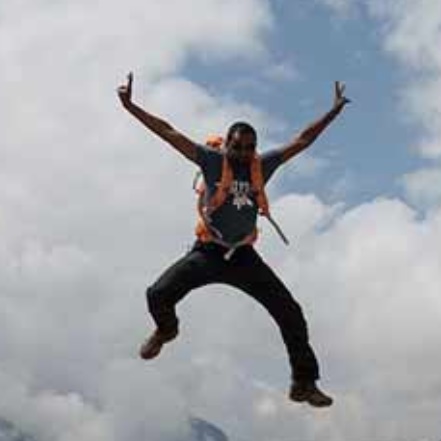
By Dinesh Gurram
Website wizard/adventurer7 Sep 2017 - 10 Minute Read
Day 1: Briefing in Thamel
Our journey began at the Kathmandu Guest House, in an oasis of calm among the narrow chaotic lanes of Thamel, bustling with trekking and souvenir shops, eateries and hotels.
Just one day before our flight to Lukla, this was our chance to meet the rest of our team and our lead guide – who gave us a briefing on all aspects of the trek. Here, we were each issued a standard size fake North Face bag to pack our essentials.
Day 2: Flight to Lukla
Our pilot had a confident air about him. The rickety 15-seater plane certainly did not. Once we were in the air we looked out the windows to see foothills below. The foothills soon turned turned into mountains, which then turned into jagged, soaring peaks.
Then came the landing.
It looked like we were heading straight into hillside – kamikaze style. Then, a slight tilt of the nose, and there it was. Barely etched out of a mountainside, the runway appeared out of nowhere. To our surprise, we touched down smoothly onto the uphill landing-strip – which is no more than 500m long.
They don't call it the world's most dangerous airport in the world for nothing!


Once we met our assistant guides and porters, and after tucking into some breakfast, the trek began.
Like hobbits strolling out of the shire, we left Lukla and began walking through the beautiful Himalayan countryside. The first day was only a 4 hour walk to a town called Phakding – just to get our trekking legs going. A few of us clearly hadn't had enough, so we took the opportunity to head up the hillside along a track that led to a beautiful little monastery. There was a lot of construction work happening here after it was nearly destroyed by the earthquake in 2015.


Day 3: Trekking to Naamche Bazaar
The trek to Naamche Bazaar takes around seven to eight hours, and almost all of this walking is uphill.
We were lucky to have perfect weather despite being above 9,000ft (3,000m) altitude. At 20ºC, we didn't need any more than a t-shirt, and, in hindsight, shorts would have been a better option than pants.



This is quite a busy part of the trekking route, not just for travelers, but for porters, donkeys, chokyos (half-cow half-yak), and even the odd horse. We had to share the wobbly suspension bridges with these herds, too. One of which was more than 500ft (160m) above the river below. You know what they say – don't look down.

Day 4: Acclimatization Day
This was the first of our acclimatization days, which are really important. Altitude is a sneakily dangerous thing; you have no idea how your body will react until you get there – regardless of your levels of fitness – and symptoms can accelerate into dangerous or even deadly conditions quickly.
The best method is to trek to a higher altitude during the day and then come back down to sleep for the night, giving your body a chance to adjust.
Today, we ascended to a hilltop with a statue to Tenzing Norgay and a museum named after Sir Edmund Hillary – the first mere mortals to summit Everest – although, the people of this region seemed to view them as far more than that.



We also got our first sneak-peek of Mt Everest from here. Photo-bombing over Lhotse's shoulder (the 4th highest mountain in the world), we saw the 8,848 meter-high peak of Everest.
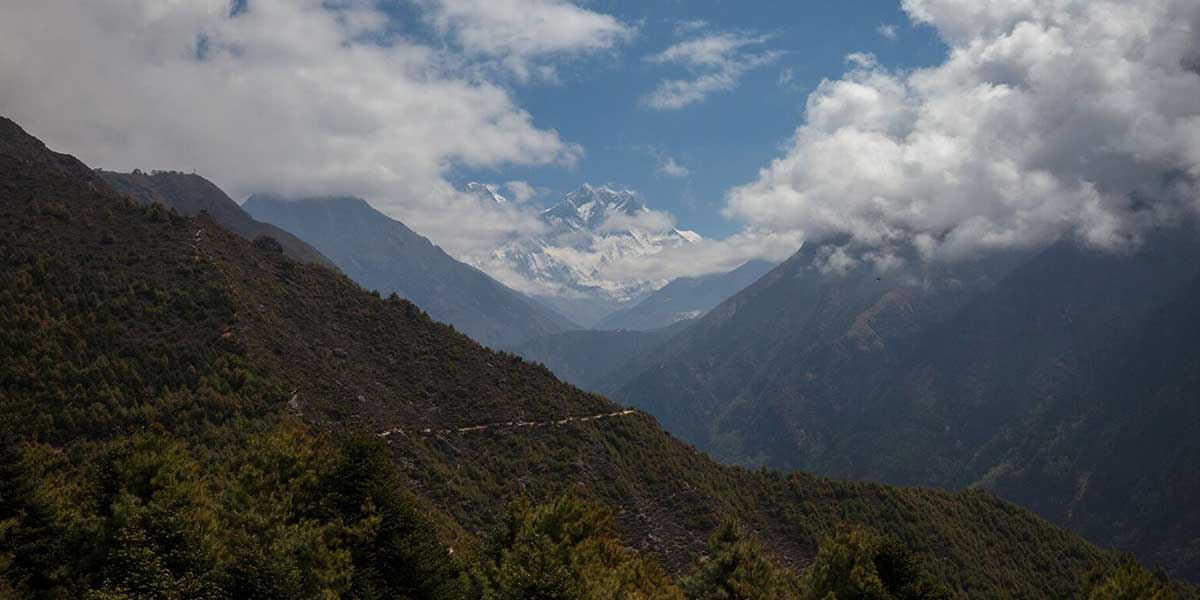
Day 5: Trek to Phortse Gaon
Phortse Gaon is a small village home to only a couple of hundred people, 60 of whom are sherpas who have summited Mount Everest.
This village is a little out of the way from the direct route to Everest Base Camp, and we were probably the only hiking party there, unlike most other villages. It felt pretty special to be here.
Our host was the lady of the house, whose husband and son were on an Everest summit expedition at the time. On the morning of day six, she casually informed us both her husband and son had summited. Mission accomplished.

Day 6: Trek to Dingboche
The trek from Phortse Gaon to Dingboche is a long day of hiking but, with brilliant views of Ama Dablam, it's a rewarding hike. When we arrived at a few tea houses along the route, we received hot towels, which were the perfect entree to a sweet hot cup of tea to follow.
Our staple was lemon-honey-ginger tea or, in descending order of quantity, honey-ginger-lemon. The generosity with the honey was greatly appreciated.
A little tip: it's much better value as a group to get the big flasks and share the tea, rather than order by the glass. But, make sure you give that tea flask a good shake to spread the honey and ginger around.



Day 7: Acclimatization Day
Today the trek starts getting serious. This would be the first time we reached 13,000ft (4,000m) altitude, where the shortness of breath was far more palpable, and breaks were a welcome relief. The views however, were totally worth it.


In the afternoon, we paid 600 rupees for a gas-powered shower. Gullible me was surprised to find a trickle of luke-warm water, as opposed to the torrent of hot cleansing water I'd been expecting. Regardless, it was worth every drop. Those wet wipes just weren't going to cut it after six days on the trail.

Day 8: Trek to Lobuche
With blue skies and thin clouds caressing the mountain tops all around us, today we really felt those acclimatisation efforts coming into effect. Breathing the air at 13,000ft (4,000m) didn't feel anywhere near as difficult – for me, that is. Gayithri was definitely feeling the effect of altitude, which wasn't helped by a bad case of the sniffles.
By midday, we'd well and truly left all vegetation behind, trekking along what looked like a massive mound of construction debris, as if a huge freeway or airport runway were being built.
When we climbed the mound later that afternoon, we came to realise it was a force far greater than any man-made project. It was the Khumbu Glacier, fed by Everest and the nearby mountains, literally carving out a valley over a glacial timeframe.



As the clouds rolled in that afternoon, it was time for tea and a game of Yakbell (known to most as Shithead). Just our luck, the clouds parted to reveal the peak of Nuptse in the last light of day. I didn't have time to change my camera lens, so used my 50mm to capture the changing colors of the setting sun on the sharp mountain edges.

Day 9: Everest Base Camp
We're definitely reaching alien territory now.
Looking across the landscape, strewn with boulders, rocks and towering mountians all around, it definitely plays with your sense of perspective. You can't estimate the size of things properly: what looks like 650ft (200 meters), turns out to be well over a half a mile (1km). What looks like a little rock, turns out to be a boulder the size of a house, once you spot a trekker walking beside it.



The wind, cold, and altitude were certainly taking its toll on us today. Particularly my wife, Gayithri, who was still battling a bad head cold, combined with exhaustion and AMS. The triumph of reaching Base Camp must have barely registered for her. Then again, it's fairly anticlimactic for us as trekkers, who visit with only enough time to snap a few photos, then head straight back to Gorak Shep.

Mountaineers, however, live in this temporary tent city for a couple of months acclimatizing and getting ready for summit day. We got there at a time when the climbing season was coming to an end, so the route to Base Camp was alive with activity. Porters and helicopters were buzzing around, cleaning up after months of activity.
On average, the entire climb takes six to nine weeks – compared to our 14-day trek. During the first week, mountaineers arrive at Base Camp, either trekking in from Lukla to climb the south face, or a drive from Kathmandu or Lhasa to climb the north face of Everest. The next three to four weeks are spent rotating up and down the mountain to establish camps with food, fuel and oxygen. The average time it takes to reach the summit is 40 days – and this process cannot be rushed.
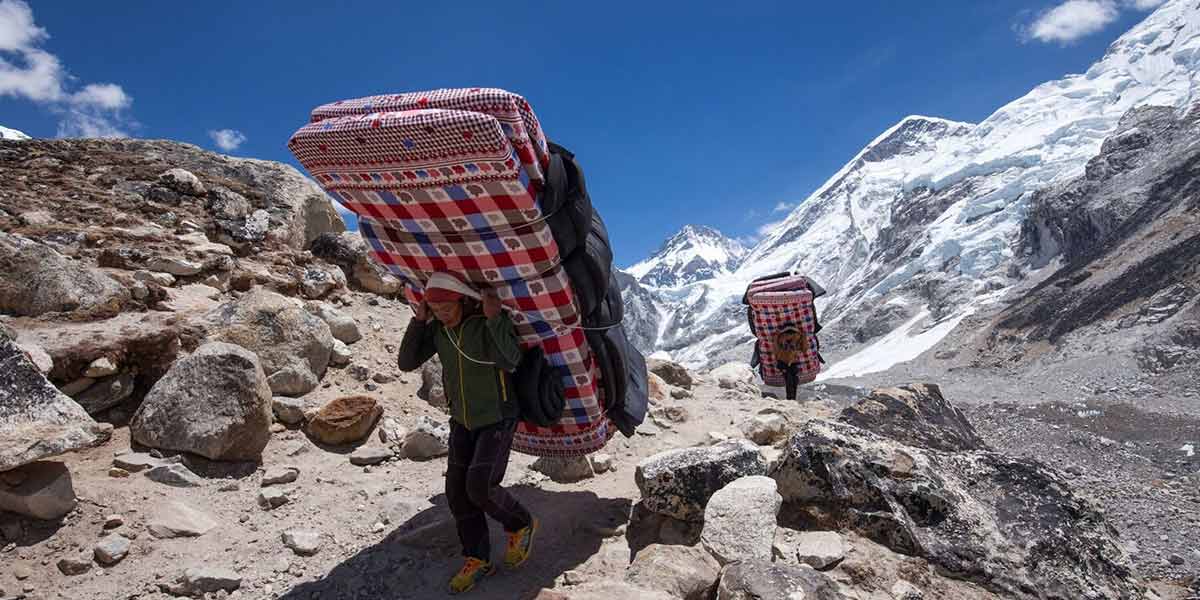
Gayithri got a lot worse that evening, feeling short of breath even in bed. Without warning, she was violently ill, and wasn't eating much to make matters worse. Our guides were so helpful, assisting me as I cleaned up, and checking on her intermittently. Her oxygen saturation was okay, but at one point, we seriously considered descending in the evening to Lobuche – which would have been headlamps and twisted ankles, as a best-case scenario.
We decided against that option, and thankfully, Gayithri got some well-deserved sleep that night.
Day 10: Kala Patthar and Descent to Orsho
While Gayithri slept in, I got up at 4.30am and geared up for the climb to Kala Patthar in time for sunrise. This tough, one and ahlaf to two-hour hike would take us to the highest altitude we'd reach on this trek, 18,000ft (5,643m), but the views would prove to be unlike any other we'd seen.
Most people don't know this, but despite being so close to Everest, you actually can't see the mountain along the route to Everest Base Camp. In fact, you can't even see the peak from Base Camp because Nuptse gets in the way. Hiking to Kala Patthar gave us the chance to look over the shoulder of Nuptse, and get a good glimpse of the highest peak in the world.

We descended to the tea house in time for breakfast, and packed our bags before heading back down to Orsho.
I was glad to find Gayithri feeling much better this morning, and knowing the lower we climbed, the better she'd feel was welcome.
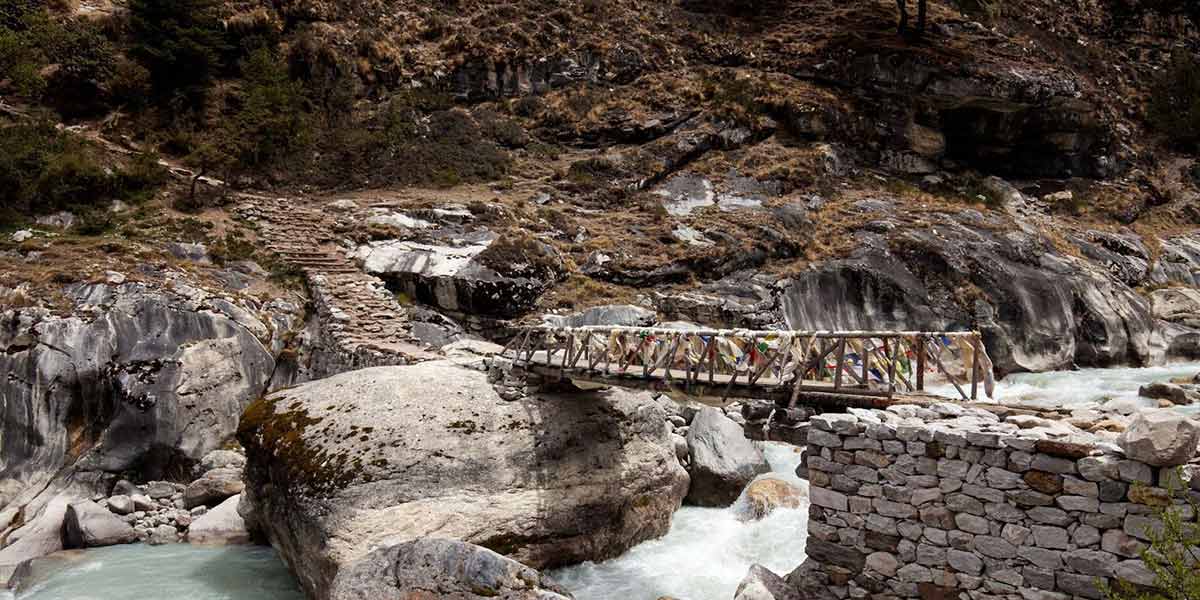
Day 11: Across the Valley to Tengboche
It was somewhat comforting to see trees again during the trek to Tengboche.
When we reached Tengboche, we got a fascinating insight into Tibetan Buddhist culture, which seeped into Nepal over the past few centuries.
Tengboche is the spiritual capital of the Everest region, and home to a huge monastery. On our excursion inside the monastery I was captivated by rich mythology depicted in colorful paitings, and the sounds of soothing gutteral chants by a trio of monks.

Day 12: Trek to Monjo
Trekking back to Lukla after reaching Base Camp happens at a serious pace. It takes half the time to get back, as it does going up.
Through rhododendron forests, along rivers, crossing suspension bridges. Back to green fields of potatoes and vegetables. Back to seeing lowland livestock, like donkeys and cows. Back to civilization.



Day 13: Trek to Lukla
Today was a much shorter day, which we could have covered the previous afternoon in one serious push.
We were now well-and-truly on the Lukla–Namche route, with larger herds, and watching porters carry far greater loads. One man effortlessly walked by me carrying a fridge on his back. One tiny man. One huge refridgerator. Walking uphill in nothing but a pair of sneakers, with a bluetooth speaker playing high-pitched Nepali music to take his mind off the load.
That afternoon in Lukla, a few of us ventured into town. We stopped by the imitation Starbucks to have a coffee, and sat among a group of mountaineers who'd just helicoptered in after summitting Everest. It's easy to tell who's returned from a summit attempt, just look for ragged beards, purple cheeks, and dirty jackets.

Day 14: Back to Kathmandu
We faced one last hurdle: the flight back to Kathmandu.
Our biggest concern was whether the weather would allow us to take off, particularly because our flight out of Nepal was the next day. Unfortunately, there'd been a fatal accident at Lukla a few days prior – a reminder of how dangerous this airport really is.
With the monsoon season looming, there were concerns that there'd be too much cloud cover for our flight to arrive.
Thankfully, it was a clear morning, and we were in the air by 8.30am. We’d only been on this journey a couple of weeks, but it was surreal to see traffic, hear mobile phones ring, and watch flowing water drip from a tap.
I won't lie, I didn't return a mountain man. By late morning I’d acclimatized to modern life.
Discover similar stories in
discovery
Website wizard/adventurer



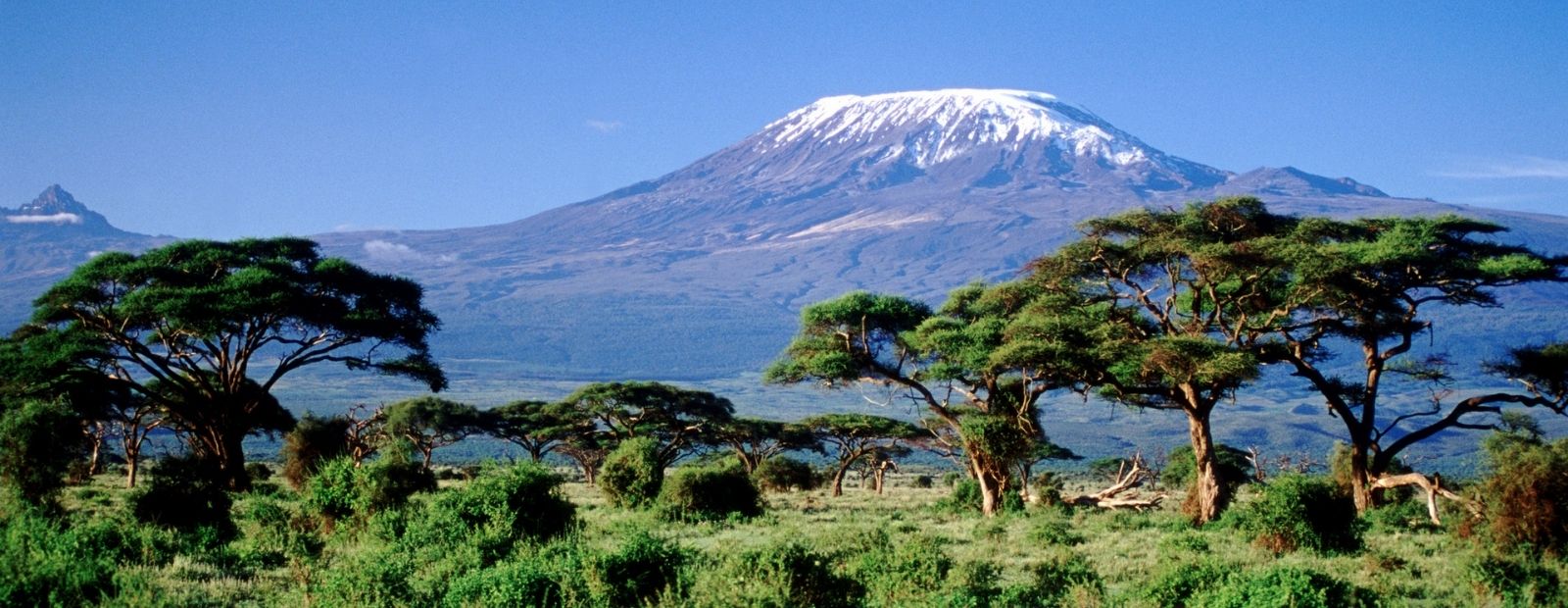
3 Comments
Hi Dinesh,
Thank you for this great article!! My husband and I are planning to hike to base camp of the Everest eather end of 2019 (nov,dec) or 2020 (may,june).
When is a better timing to do so?
Also, how many days are required once you land in Nepal to acclimatate?
And lastly... who did you book your trip with?
Thank you so much!
Ana
Hi. The Standard Insurance policy cover evacuation from Everest Base Camp? I can not find it in its terms.
Thanks!
Hi Rodrigo,
Coverage depends on your country of residence. Please check this list of covered activities (you can choose your Country of Residence to see the specific coverage limits):
https://www.worldnomads.com/help/insurance/buying-travel-insurance/cover-for-activities-sports-and-adventures
You can find more information on emergency evacuation and coverage limits here:
https://www.worldnomads.com/travel-insurance/whats-covered/medical-evacuation